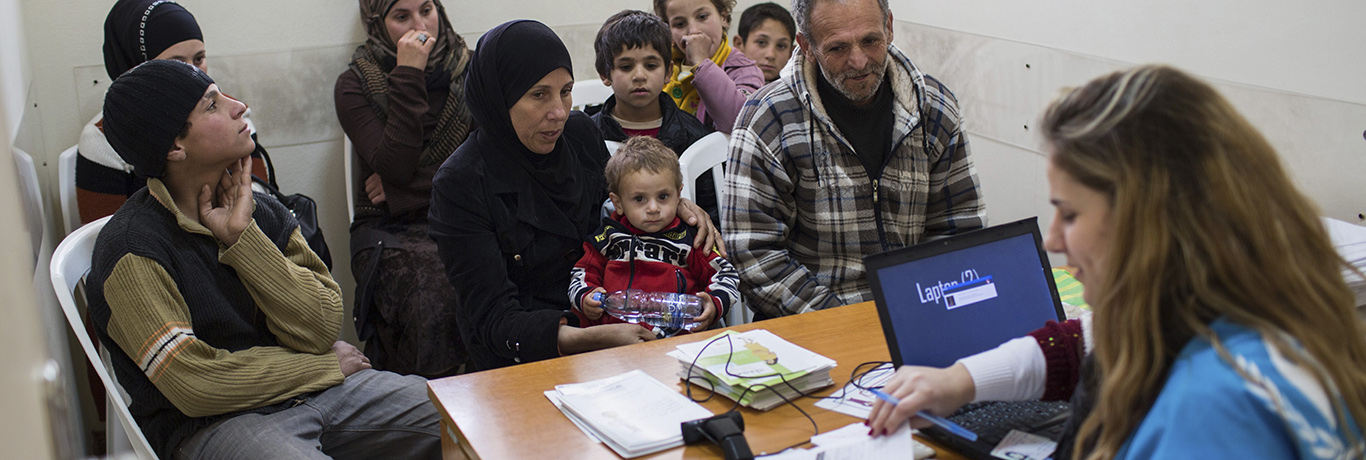UNHCR’s working definition of identity is the “unique set of features and characteristics that individualise a person including name and other biographical data”. In the context of registration, there are two key aspects of a person’s identity:
- The element of uniqueness: the fact that one individual is distinguished from all others by their unique set of features and characteristics; and
- The element of continuity: there must be continuity of identity information over the course of a person’s life. Since most of the constitutive elements making up an individual’s identity can legitimately change over time (e.g. name, civil status , nationality), it is important for UNHCR to recognize and be responsive to these changes, including updating proGres records and issuing updated documentation as required. At the same time, the continued unique identification of the given individual despite these changes must be ensured through biometric identification and continuous registration.
Depending on the context, individuals may submit formal documentation proving their identity, for example, a passport, national identity card or birth certificate issued in the country of origin. If this is the case, attention may additionally be paid to these documents in respect of relationships between family members, place of origin, military service, nationality and entry status, as relevant.
In the absence of formal identity documentation, any other available personal documents should be reviewed. Relevant documentation in this regard may include a civil registry extract for the individual or family, family booklet, birth notification, travel documents, identity or entitlement documents issued in the country of asylum, other documents that support the existence of dependency relationships. In addition, other documents demonstrating an active presence in a community, including a digital community, may be relevant in the context of building up evidence of identity over time through continuous registration activities. This could include membership cards, written or online publications, school reports, employment contracts, documents attesting to participation in cultural, social, athletic or religious activities, social media accounts, blogs and other recorded activity. Where physical files are created in the operation, registration staff should take copies of all formal and informal documentation presented.
Registration staff are required to undertake a reasonable effort to ascertain identity before creating a proGres record. The threshold for doing so will be context-specific. For example, for certain countries, process of assessing identity documents may be a relatively straightforward exercise, whether on account of the high prevalence of documented individuals, and thus the greater familiarity with such documents on the part of Registration staff, or because the related documentation contains security features facilitating a rapid authenticity screening. In other contexts, the large majority of asylum-seekers and refugees may not present any kind of documentation6 or may present documentation with incorrectly recorded biographical information. In order to promote greater consistency and in view of the very wide range of operational contexts in this regard, the following approach is recommended:
6 Documentation proving identity may become lost or destroyed during displacement, or may never have been issued by State authorities in the country of origin. The latter could be due to (1) reasons linked to the persecution experienced by that individual or circumstances of flight, (2) omission by the individual, (3) lack of State capacity to issue identity documentation to citizens residing in remote areas, or (4) because the individual is stateless, for example.




 If you are already using proGres v4 in your operation, please refer to the proGres v4 Registration Baseline SOP for data entry guidance and interpretation of data fields in the registration group and individual forms.
If you are already using proGres v4 in your operation, please refer to the proGres v4 Registration Baseline SOP for data entry guidance and interpretation of data fields in the registration group and individual forms.